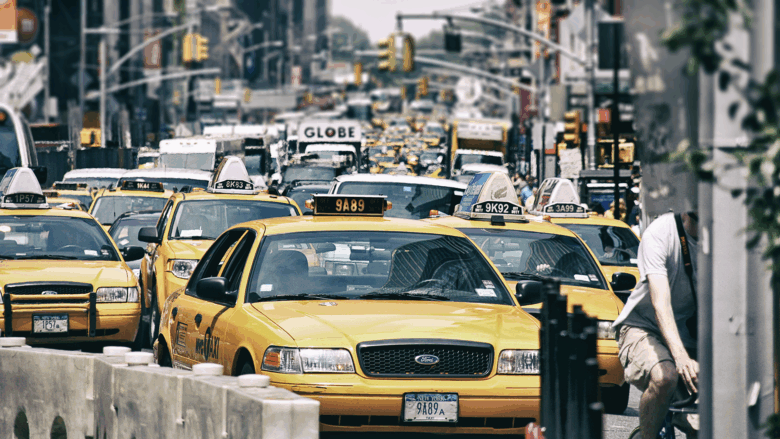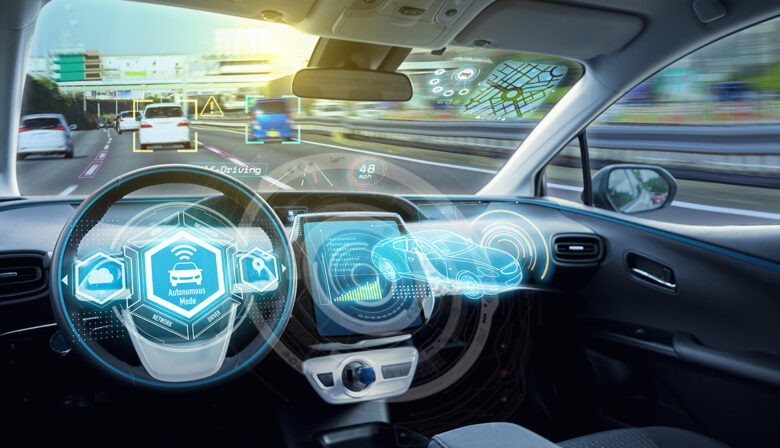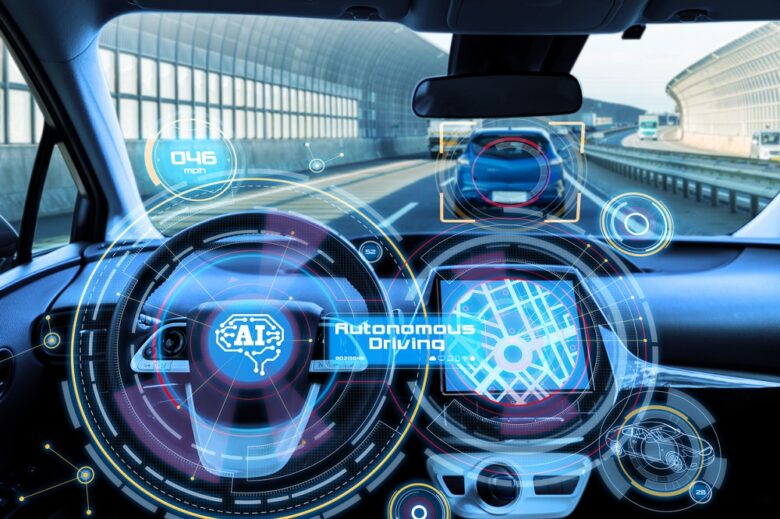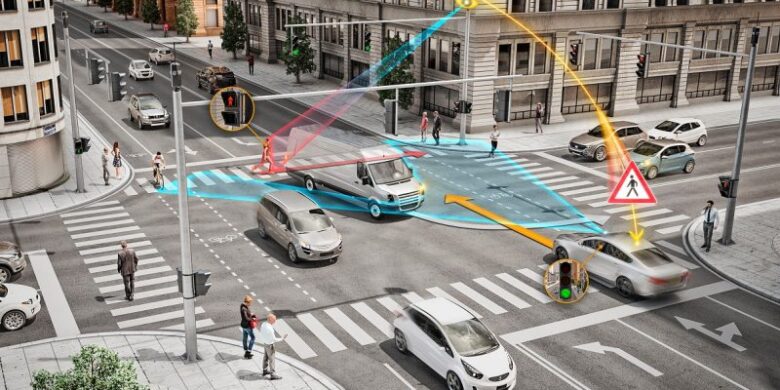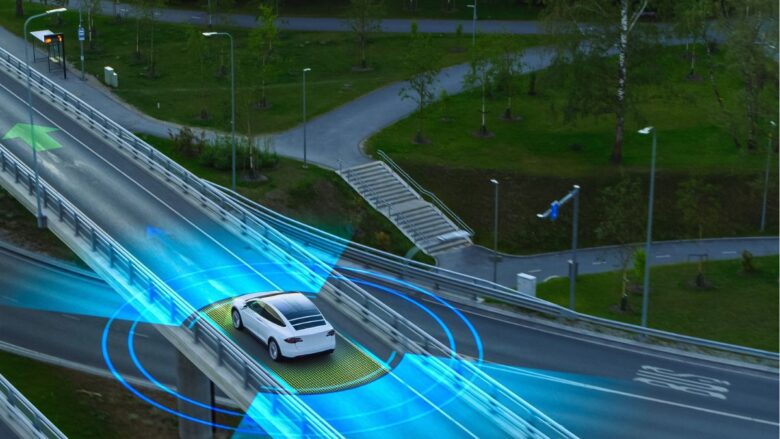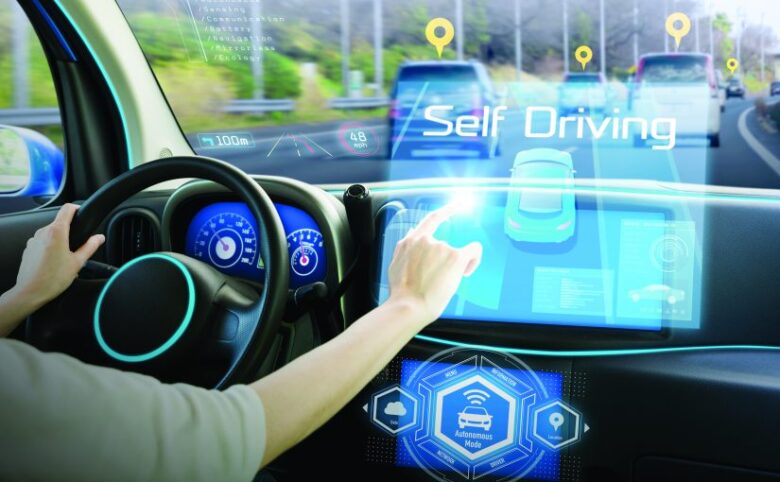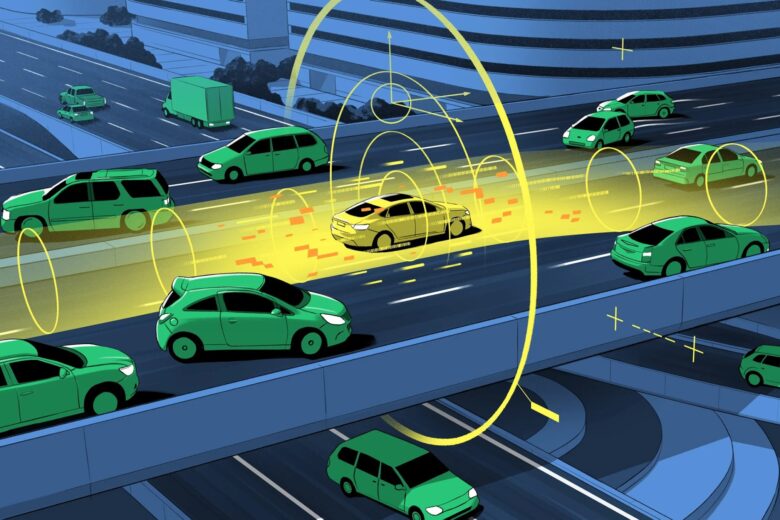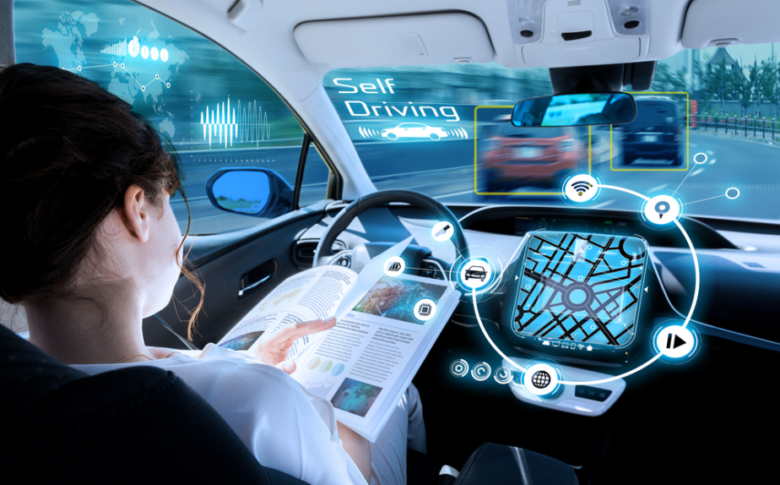Cities may soon see changes in their streets. Companies such as Waymo, Cruise, and Tesla are testing autonomous vehicles that may change the way we travel in urban zones. Autonomous taxis can offer better roads, less congestion, and cheaper transport for millions of people. However, the city must overcome many hurdles before these vehicles become commonplace. …
Self-driving cars have moved from science fiction to reality, transforming our roads and reshaping transportation. These autonomous vehicles represent one of the most complex technological achievements of our time, combining artificial intelligence, advanced sensors, and sophisticated computing systems to navigate the world without human intervention. Understanding how these remarkable machines operate requires exploring the intricate …
Self-driving cars are no longer just a science fiction concept. They’re here, and they’re changing the way people and things move. Artificial intelligence (AI) is the only technology that can make self-driving cars safer, smoother, and more convenient than any other technology. AI continues to drive this change, enabling cars to see and understand their …
The current world of technology is changing rapidly, and at the center of this change is the idea of intelligent cities. They are urban areas that are constructed with integrated technology that improves the infrastructure, services, and general quality of living. As smart cities grow, one of the major elements that will transform urban mobility is the …
Over the past decade, autonomous vehicle technology has been steadily improving, and by 2025 it will be packed with ideas that will change the way people view transportation. What was once science fiction is now a reality. From test fleets of self-driving taxis in major cities to improved driver assistance systems in regular cars, autonomous …
Autonomous automobiles, also called self-driving cars, can operate without human oversight. They employ a mix of cameras, sensors, radars, GPS, and artificial intelligence to locate and respond to the road’s conditions. As technology develops, some of the frequently asked concerns are whether these vehicles are actually secure. Security is a major issue for regulators, developers, and everyone else. Understanding …
Autonomous vehicles collect environmental data from radar, lidar (light detection and ranging) sensors, cameras, and neural networks utilizing machine learning algorithms. Neural networks and machine learning algorithms further process this collected data for analysis. Automated vehicles use algorithms to construct an accurate world model of their surroundings and their location. After establishing this data, an …
The idea of self-driving vehicles has developed from a science-fictional idea to an exciting reality. In the past decade, major automakers as well as technology-based companies and entrepreneurs have invested hundreds of millions into research and development to make self-driving technology a reality. This has not only brought about significant technological advancements in sensor technology as well …
One of the primary questions regarding vehicle automation is whether self-driving cars are safer than human drivers. Although software glitches and ethical quandaries do occur with both types of driving technologies, human drivers remain relatively secure. Autonomous vehicles are designed to eliminate human error, which accounts for 94% of traffic accidents. Their faster response time …

